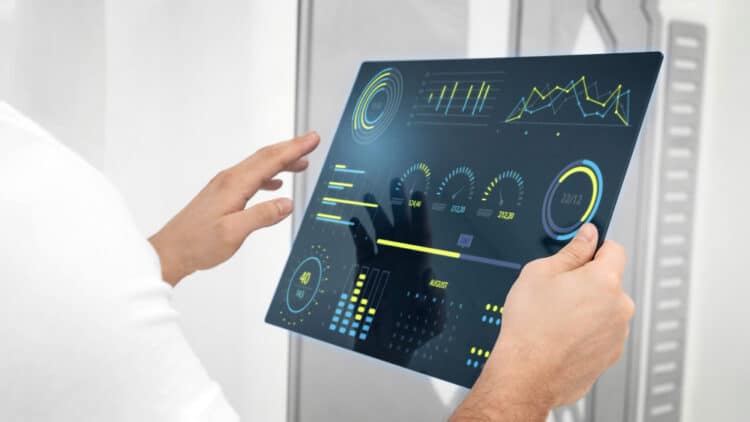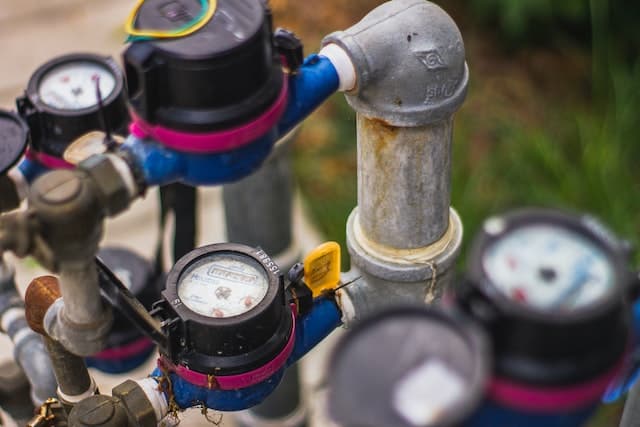In various industries, accurate pressure measurement is essential for safety, quality control, and efficient operations. Traditional pressure gauges have served this purpose for decades, but with the advent of digital technology, a new era of precision measurement has emerged.
The digital pressure gauge has revolutionized the way pressure is measured, offering numerous benefits over its analog counterparts. In this article, we will explore the features, advantages, and applications of digital pressure gauges, highlighting why they have become an indispensable tool across industries.
What is a Digital Pressure Gauge?
A digital pressure gauge is a modern instrument designed to measure and display pressure readings digitally. Unlike traditional analog gauges that use mechanical systems and dials to indicate pressure levels, digital pressure gauges utilize electronic sensors and microprocessors to provide accurate and real-time pressure readings.
Features and Advancements of Digital Pressure Gauges
High Precision: One of the primary advantages of digital pressure gauges is their exceptional precision. Analog gauges can be prone to reading errors caused by parallax or wear over time, but digital gauges deliver precise and repeatable measurements, typically with a higher resolution.
Digital Display: Digital pressure gauges feature an easy-to-read digital display that shows pressure readings numerically, eliminating the need for interpreting readings from a mechanical pointer. The digital output also allows for direct integration with other digital systems, making data logging and analysis more efficient.
Multiple Pressure Units: Digital pressure gauges often support multiple pressure units, such as PSI, bar, kPa, or MPa, allowing users to choose the most convenient unit for their specific application without the need for conversions.
Pressure Ranges: These gauges are available in various pressure ranges, catering to a wide range of applications, from low-pressure systems to high-pressure industrial processes.
Pressure Peak Capture: Some digital pressure gauges have the capability to capture and display the peak pressure value, providing valuable insights into pressure spikes or anomalies during a given period.
Battery-Powered: Many digital pressure gauges are battery-powered, making them portable and suitable for fieldwork or applications where power sources might be limited.
Data Logging and Connectivity: Advanced digital pressure gauges can store pressure readings over time or offer connectivity options such as USB, Bluetooth, or Wi-Fi, enabling seamless data transfer to computers or other devices for analysis and documentation.

Advantages of Digital Pressure Gauges
Enhanced Accuracy: The high precision and reliability of digital pressure gauges lead to more accurate measurements, reducing errors and enhancing overall operational safety.
User-Friendly: The digital display and intuitive interface make these gauges easy to use, eliminating the need for interpretation and reducing the learning curve for operators.
Remote Monitoring: Digital pressure gauges with data logging and connectivity features allow for remote monitoring and analysis, facilitating predictive maintenance and improving efficiency.
Durability and Longevity: Digital pressure gauges often boast robust construction, ensuring they can withstand harsh environments and offer long-term reliability.
Customizable Settings: Some digital pressure gauges allow users to customize display settings, such as backlight intensity or display units, to meet individual preferences and specific application requirements.
Applications of Digital Pressure Gauges
Digital pressure gauges find applications across various industries:
Manufacturing: Used for quality control and process monitoring in manufacturing environments, ensuring consistency and precision in production.
Oil and Gas: Deployed in drilling operations, refineries, and pipeline monitoring to guarantee safe and efficient processing and transport.
Automotive: Employed in automotive testing and diagnostics, providing crucial data for research and development, as well as vehicle maintenance.
Pharmaceuticals: Utilized in pharmaceutical manufacturing to maintain precise pressure conditions during production processes.
Aerospace: Incorporated in aircraft systems to monitor hydraulic and pneumatic pressures, contributing to the safety and performance of flights.
Conclusion
The digital pressure gauge has transformed pressure measurement with its unparalleled precision, user-friendly interface, and advanced features. Its ability to provide accurate, real-time data, remote monitoring capabilities, and customizable settings makes it an indispensable tool across various industries.
As technology continues to advance, we can expect further enhancements in digital pressure gauge design, providing even greater utility and efficiency for pressure measurement needs.













Leave a Reply